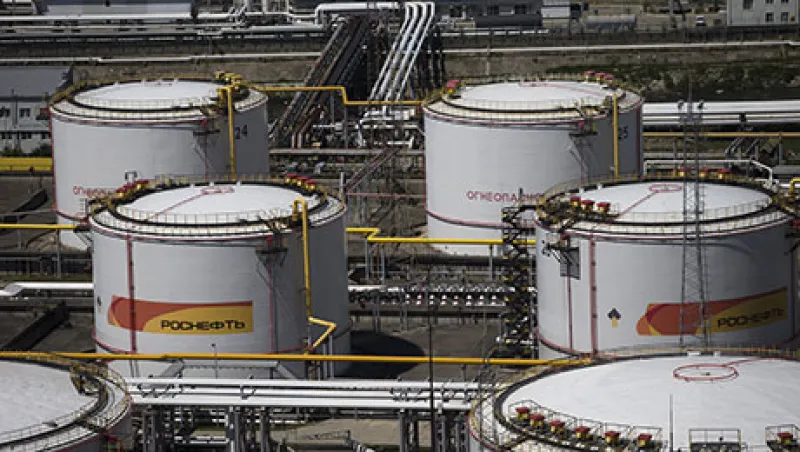In the second half of 2014, global energy markets witnessed one of history’s most abrupt transitions in the commodity cycle from bull to bear market. Since then, with supply growth materially outstripping demand growth, the market has been characterized by increased volatility. Moves driven by fundamental data have been multiplied by quick and severe changes in market sentiment.
The Organization of the Petroleum Exporting Countries, the cartel that historically played the role of price stabilizer for oil, has lost its pricing power and ability to manage volatility. This development was because of the entrepreneurial U.S. shale oil industry and increased supplies coming out of Russia and other non-OPEC producers. The price regulation mechanism has been further compromised by the complicated political agenda among OPEC members.
The oil markets have always rebalanced. Without a doubt, the markets will do so again in the coming years. Growth in demand remains strong, particularly from Africa, Asia and North America.
As for the supply side, however, Darwinian competition will drive survival. The oil producers that will prevail will have the following characteristics: a strong balance sheet, cheap access to debt and equity capital markets, seamless logistics infrastructure and sophistication of their trading capabilities in physical and financial markets.
Russia, like other producer countries, will have to adapt to retain its position as the leading player in the oil markets. It will need to change its energy production and its trading and financing industries. In physical markets, Russian oil exports remain priced mostly on a spot basis and are dominated by international oil traders. This approach contrasts sharply with that taken by Saudi Arabia and some other exporting countries in the Middle East, such as Kuwait, Iran and Iraq, which aim to maintain and deepen direct customer relationships with oil majors and independent refineries and to constrain the end destinations to which these buyers can ship. International traders are altogether prohibited from being offtakers of Saudi oil.
Therefore, Russian oil is more freely available to trade in the open markets, whereas Saudi oil is more likely to be committed under long-term contracts. In a bull market, in which supply is scarce, such a trading policy benefits Russia, as the country can command a higher premium-to-benchmark for its crude. In an oversupplied market, however, this is harmful to pricing and market share, as Russian oil needs to be sold at deeper discounts to attract the residual customer. International traders don’t have a mandate to maximize the sales price for Russian oil; instead, they make money by taking a margin or playing the financial markets.
Western companies have actively taken advantage of structured financial strategies such as price risk management, prepayment of future production and inventory and supply chain financing, as well as commodity-linked financing. These practices have offered attractive price points to borrowers and have given extra credit comfort to lenders. The active use of hedging instruments helped U.S. shale producers lock in high prices during the short window of recovery in 2015, which put them at a great advantage over other producers when prices collapsed again, during the second half of the year. U.S. banks require the installment of hedging programs linked to credit lines.
By contrast, Russian producers have decided that they carry no price exposure, since most of the upside to oil prices is transferred to the government by the very nature of the tax system. Oil companies in the country are also aware that the free-floating ruble is absorbing oil price shocks. Their confidence can only extend so far, however. During severe downturns, the central bank will not want to see the currency depreciate indefinitely. The government has in turn been ready to hike taxes to balance the budget by nationalizing the currency gains of oil producers. Russian producers, after all, are not insulated from price volatility in oil markets.
Undoubtedly, commodity, financial and credit markets have only recently started to develop in Russia, and the number of users remains quite limited. Nevertheless, if the past year and a half has been any indication, interest in these markets is increasing.
Assuming that market volatility is here to stay, we at VTB Capital expect increasing market activity and an increase in the use of sophisticated financial planning and risk management tools by Russian producers and refiners. The market can only benefit from this increase in sophistication. Russia remains the top oil producer, but its oil remains traded by non-Russian traders and priced off benchmarks listed on Western stock exchanges.
Russian producers and financial institutions need to lead the way in the development of the local commodity markets. In the long term, such steps will provide safety and stability to the industry and strengthen the price positioning of Russian crude exports.
Atanas Djumaliev is head of global commodities at VTB Capital, part of state-owned VTB Group, in Moscow.






